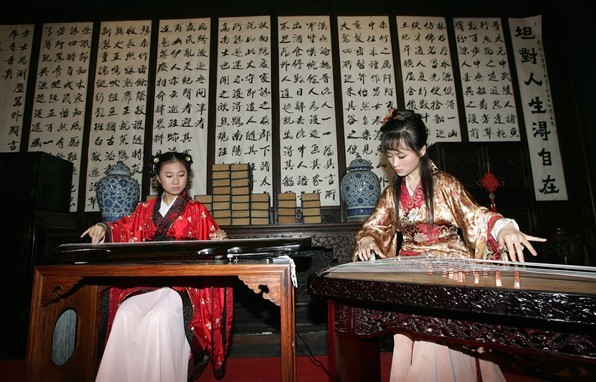A broken Se, a 25-stringed plucked instrument close to the guzheng which has 18 or more strings and movable bridges, and the frame of a Bianzhong set of bronze chimes were found in the province of Hubei in Central China, the Global Times reported.
Archaeologists set their eyes on these historical treasures discovered in tombs which could have existed more than 2,700 years ago.
Hubei provincial institute of cultural relics and archaeological research representative Zhang Xiang said that the tombs were built in the late Western Zhou Dynasty (1046 B.C. to 771 B.C.) or the Spring and Autumn Period (771 B.C. to 476 B.C). Unfortunately, the tombs had been ransacked and had eventually collapsed.
"Only half of the Se remains, but we can see clearly holes on it for cords," he said. "It is the earliest discovered in China. Delicately made, it demonstrates the high musical level of China 27 centuries ago."
More musical relics were found, including a 4.7-meter beam and seven pieces of chime bases with illustrations of dragon and phoenix patterns which are known to be the symbols of royalty in China.
Fang Qin, head of the institute, said: "We have never found such large Bianzhong sets before."
On the same site, the archaeologists were also able to look through 400 pieces of bronze, 27 horse-drawn carts and some pottery. The location of the tombs is part of a bigger graveyard measuring a square kilometer in area.
The discovery can help archaeologists further understand the origins and styles of music in ancient China.



























